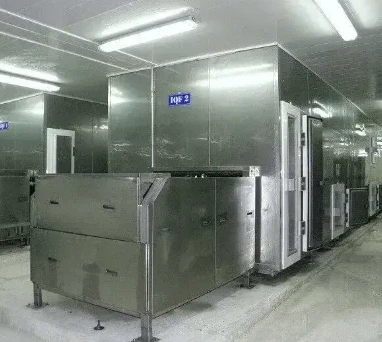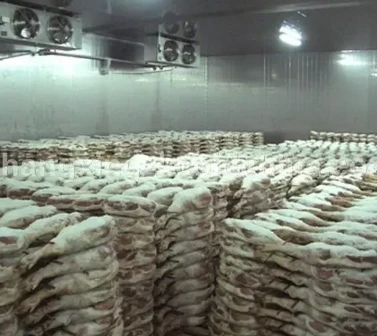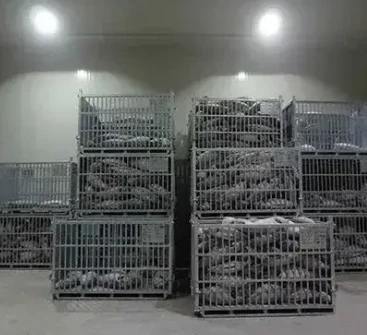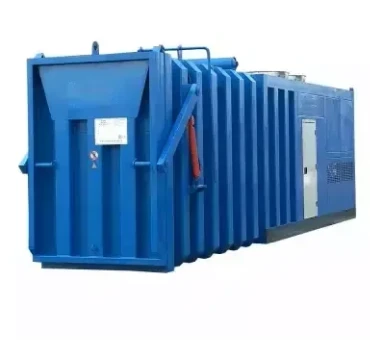The Evolution of Cold Room Technology: From Ice Houses to Cutting-Edge Solutions
Throughout history, the preservation of perishable goods has been a constant challenge for civilizations worldwide. From ancient ice houses to modern-day cold room facilities, the evolution of cold storage technology has been nothing short of remarkable. This article delves into the fascinating journey of cold room technology, tracing its origins, milestones, and the transformative impact it has had on various industries.
The story of cold room technology begins centuries ago, with early civilizations employing rudimentary methods to keep food and other perishable items cool. In ancient Mesopotamia, for example, people stored food in underground chambers or clay pots cooled with ice or water. Similarly, ancient Egyptians utilized underground chambers and evaporative cooling techniques to preserve food in the scorching desert heat.
Fast forward to the 19th century, and the advent of mechanical refrigeration revolutionized cold storage practices. The invention of the ice-making machine by Jacob Perkins in 1834 paved the way for the establishment of ice houses and cold storage warehouses in urban centers. These facilities relied on blocks of ice harvested from frozen lakes and rivers to chill insulated chambers, providing a more reliable means of food preservation.
The early 20th century saw further advancements in cold storage technology, with the introduction of electric refrigeration systems and the widespread adoption of refrigerated railcars and ships. These innovations extended the reach of cold storage facilities, enabling the transportation of perishable goods over longer distances and reducing food waste.
In the post-World War II era, the demand for cold storage solutions soared, driven by rapid urbanization, population growth, and the expansion of global trade. Walk-in cold rooms and freezer units became fixtures in supermarkets, restaurants, and food processing plants, offering convenient and efficient storage options for a wide range of products.
Today, the landscape of cold room technology continues to evolve, driven by advancements in insulation materials, refrigeration systems, and digital monitoring technologies. Modern cold rooms boast precise temperature control, energy-efficient designs, and sophisticated monitoring capabilities, ensuring optimal storage conditions for perishable goods while minimizing environmental impact.
Furthermore, cold room technology has diversified beyond traditional food storage applications, finding use in pharmaceutical storage, biotechnology, and research laboratories. The ability to maintain precise temperature and humidity levels makes cold rooms indispensable in preserving sensitive medical supplies, vaccines, and biological samples.
In conclusion, the evolution of cold room technology represents a testament to human ingenuity and innovation. From humble beginnings to state-of-the-art facilities, cold storage solutions have played a vital role in shaping the way we store, transport, and consume perishable goods. As technology continues to advance, the future of cold room technology promises even greater efficiency, sustainability, and versatility.






